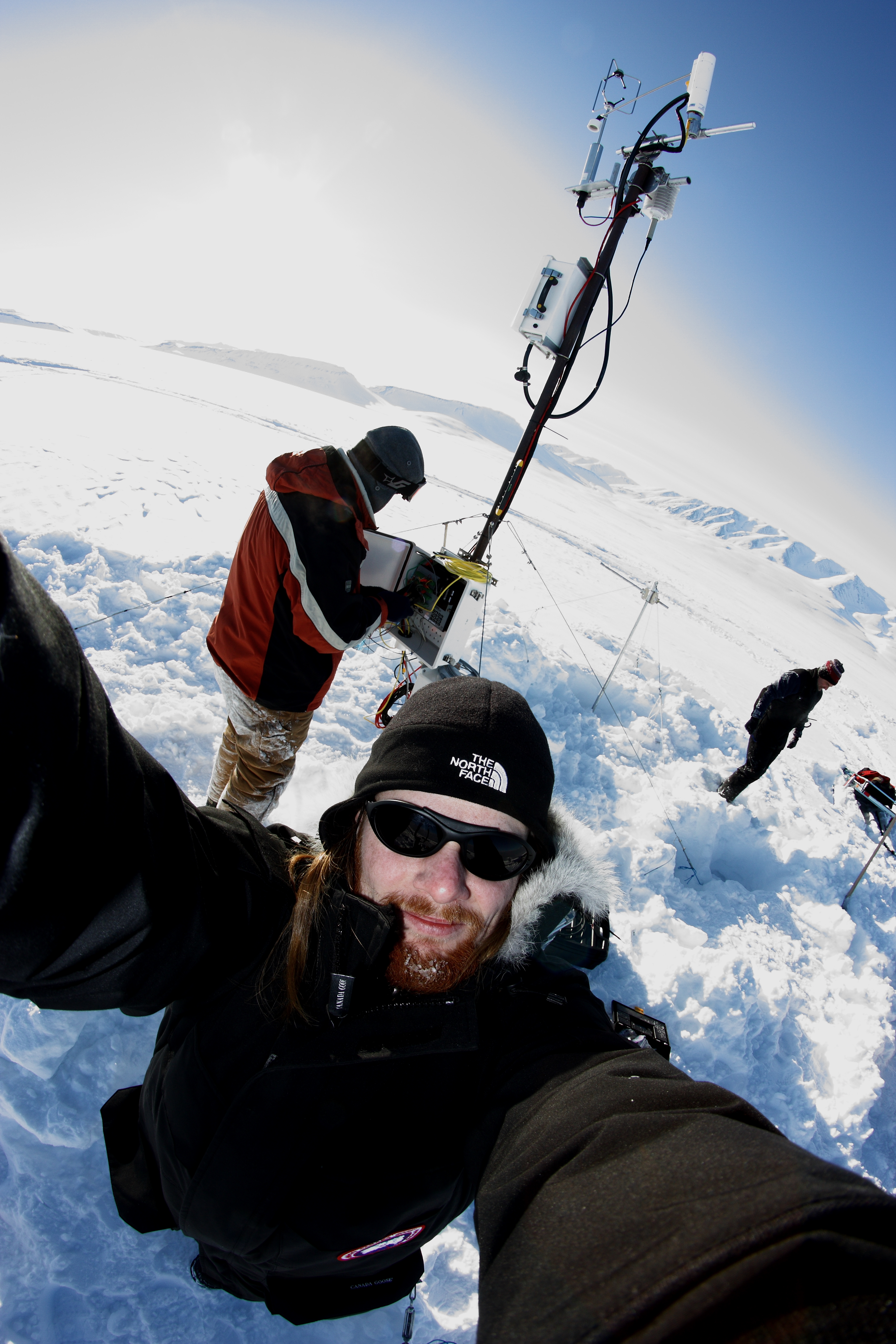New postdoc at ARC
Jakob Sievers will study CO2 uptake in the Nordic seas and the Greenlandic shelf.

Jakob Sievers studies CO2 uptake in the Nordic seas and the Greenlandic shelf. His will develop micrometeorological techniques to improve observations in the sea ice environment and utilize mathematical methods to study the interactions between carbonate systems and environmental factors as well as spatial fluxes.
Average uptake rates of CO2 in the Nordic seas and the Greenlandic shelf are among the highest in the world. Sea ice has traditionally been thought to inhibit such exchanges, but recent findings suggest that the annual sea ice cycle may amplify this uptake considerably. However, the coupling between the carbonate systems of the atmosphere, snow, ice and ocean is complex and efforts to perform temporal, let alone spatial, up-scaling of in-situ observations is highly challenging. This project will develop rigorous methods towards spatial and temporal up-scaling.
The research consists of three parts: (1) the development of micrometeorological techniques towards improved observation of CO2 fluxes in the challenging sea ice environment, (2) employment of advanced non-linear techniques, such as Artificial Neural Networks, to study the complex interactions of the carbonate systems and environmental factors, and (3) employment of inverse mathematics, backward lagrangian source-area modeling and spatial classification of the source-area by a drone operated infrared camera to investigate the spatial flux heterogeneity in the sea ice environment.
Jakob will carry out his project in collaboration with Arctic Research Centre, Aarhus University, and two Canadian universities, University of Calgary and University of Manitoba. He will do field work at Station North in Northern Greenland and Cambridge Bay, Northern Canada.
Jakob Sievers has a PhD in Environmental Science from Aarhus University. More information about Jakob’s research at ResearchGate.
